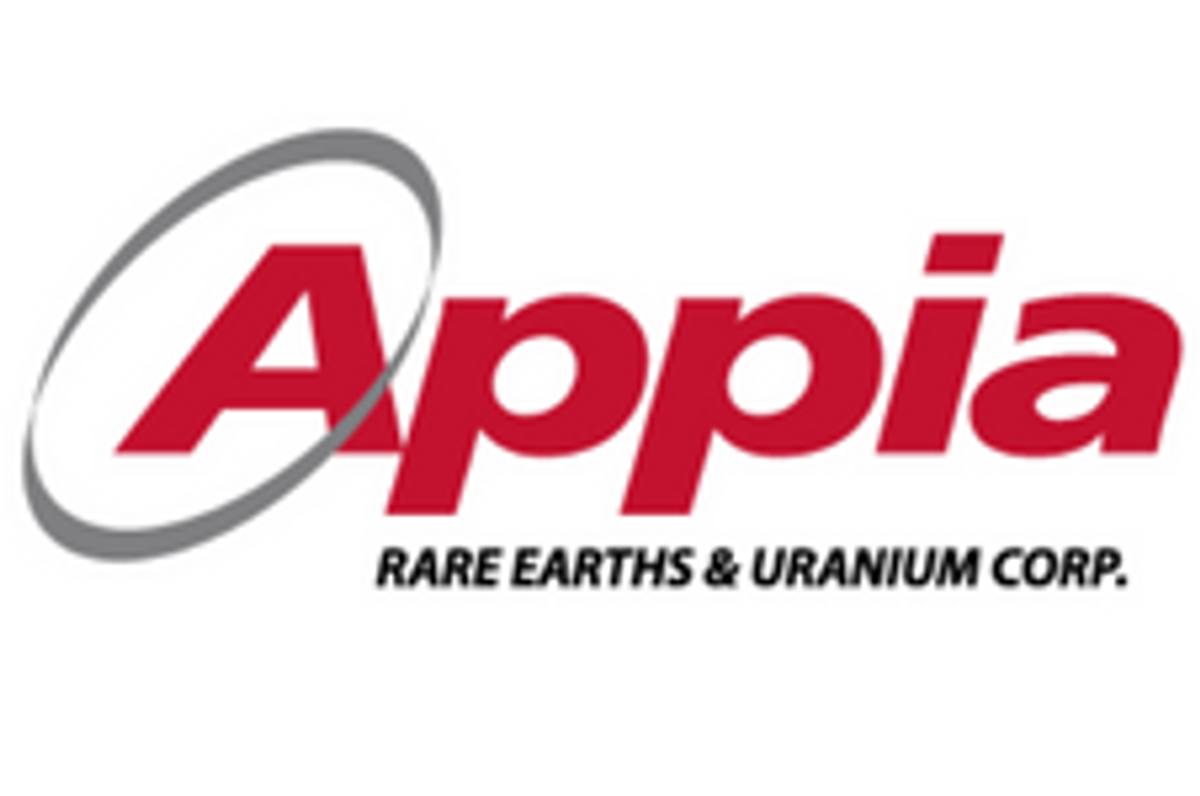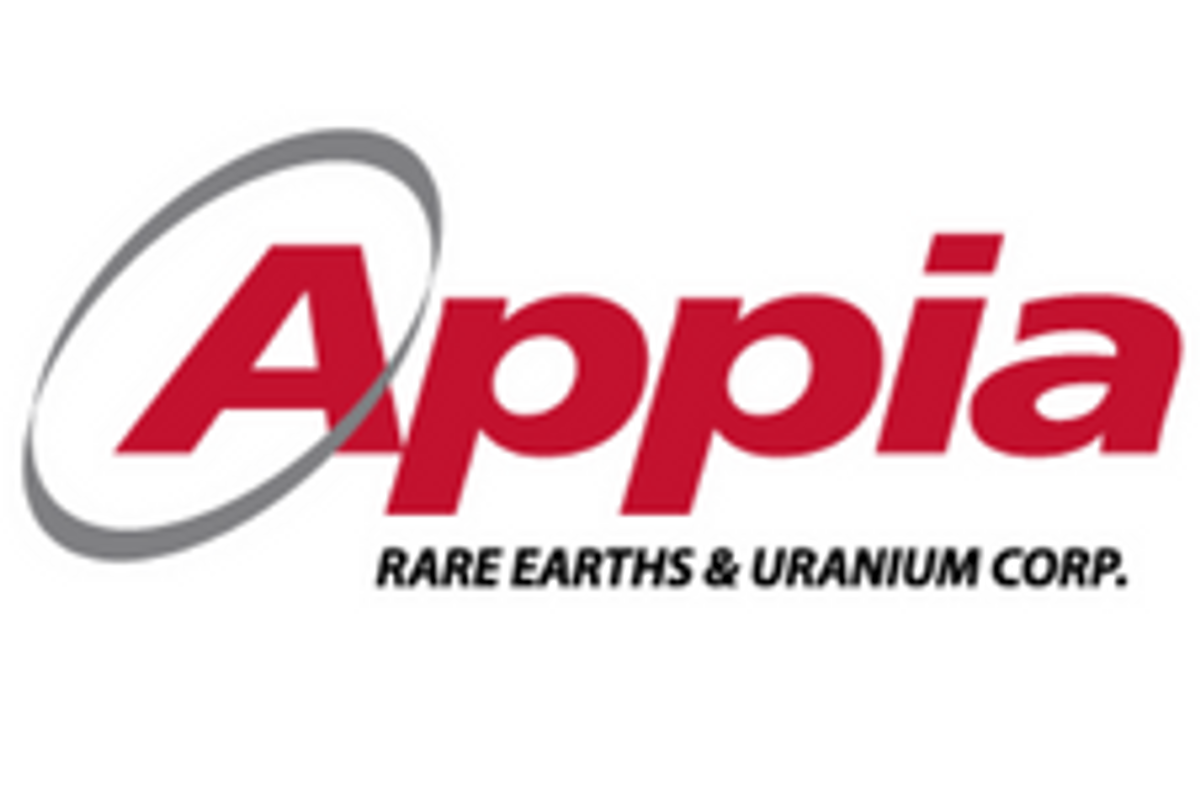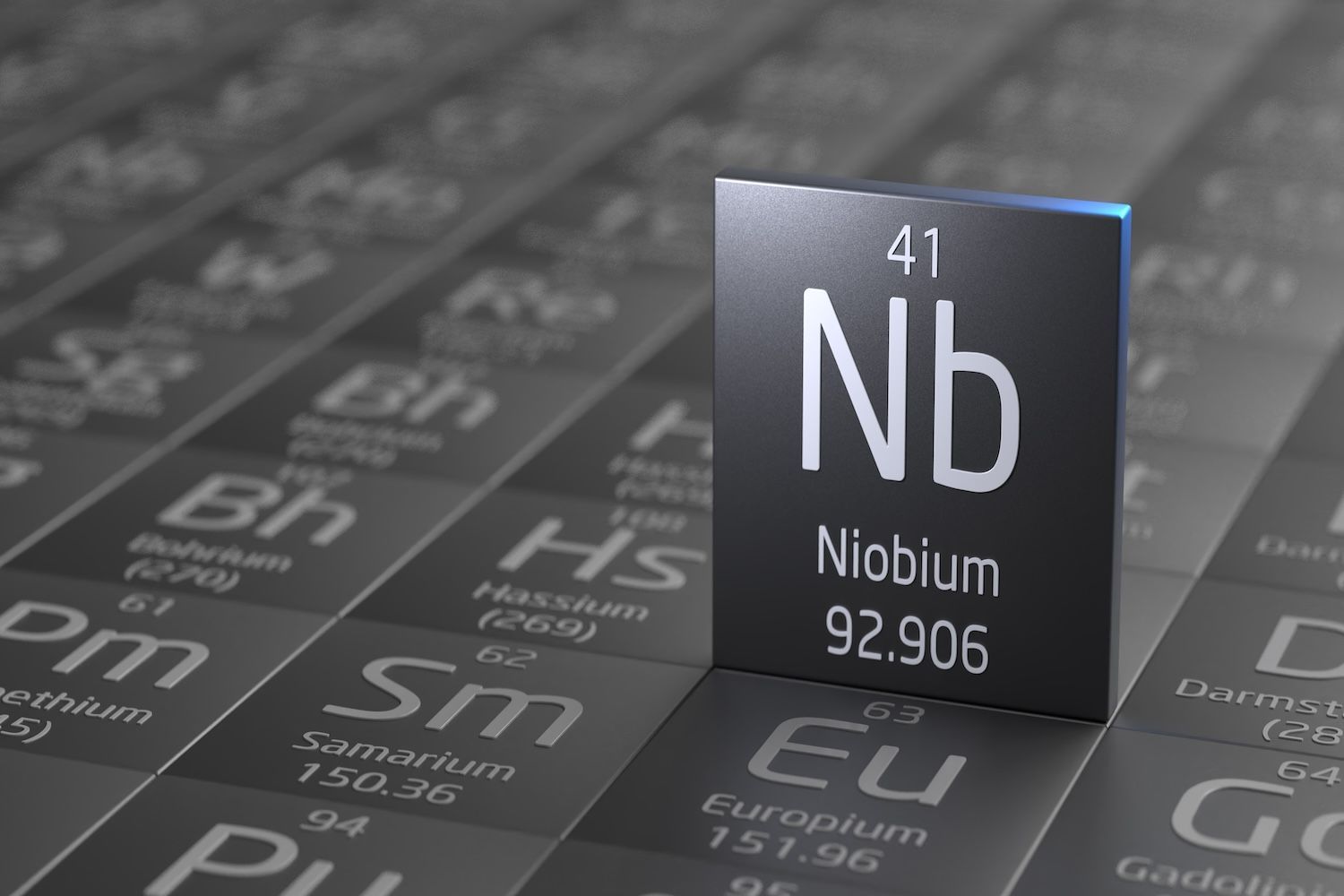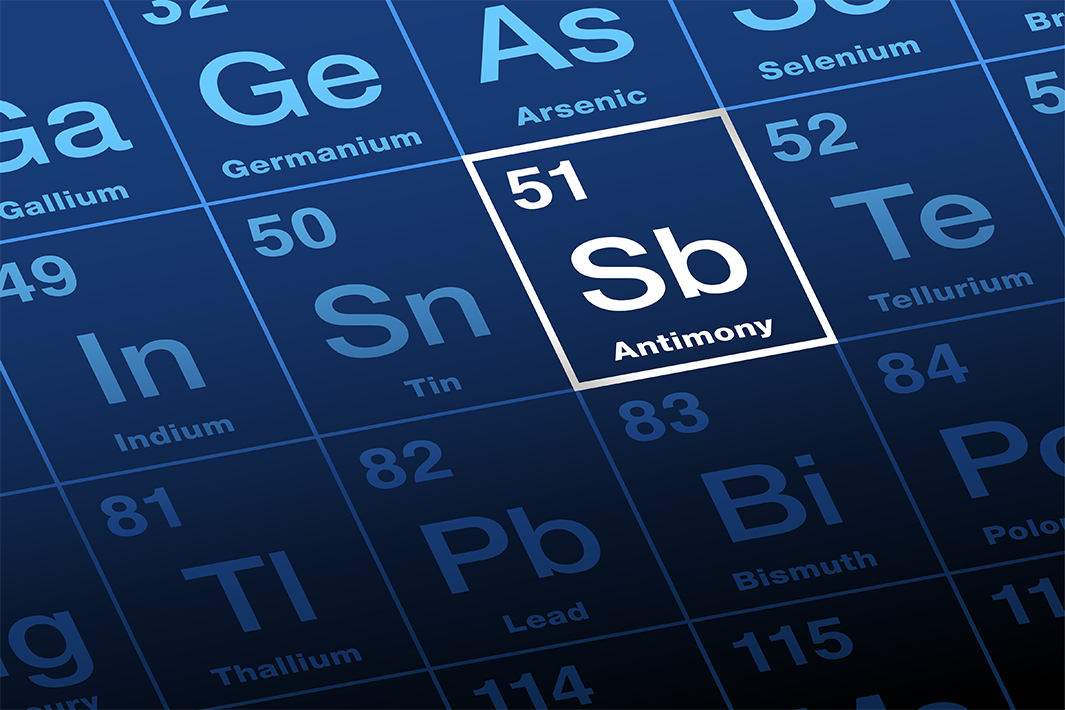
Appia Rare Earths & Uranium Corp. (CSE: API) (OTCQX: APAAF) (FSE: A0I0) (MUN: A0I0) (BER: A0I0) (the "Company" or "Appia") is excited to announce the commencement of its diamond drilling program at the uranium-bearing Loranger property adjacent to the renowned Athabasca Basin. The goal of this program is to target favorable geophysical indicators intersecting the Tabbernor Fault system, with the primary objective of discovering conductors and alteration halos that may lead to uranium mineralization. The program will include up to 1,000 meters of drilling across 3 to 4 drill targets.
Stephen Burega, President of Appia, commented: "With the commencement of the Loranger drill program, Appia reconfirms its commitment to moving our uranium assets in Saskatchewan forward. Following the completion of a successful ground reconnaissance program on our Eastside property last month (see June 5th 2024 Press Release), we now have a drill testing a number of intriguing conductors at the Loranger property aimed at uncovering uranium mineralization and key geological indicators to further our understanding of the project's potential."
The crew will be based at Points North, Saskatchewan, and operations are efficiently staged 59 km south near the property to optimize ground and airborne helicopter transportation throughout the program. The program is expected to be completed within an 18-day timeline.
The Loranger drill program marks a significant step forward in Appia's exploration endeavors in northern Saskatchewan, enhancing the potential of the property amidst a favorable economic climate.

Figure 1 - Operating Loranger Diamond Drill, Wollaston Lake, SK
To view an enhanced version of this graphic, please visit:
https://images.newsfilecorp.com/files/5416/214269_346484f834135bb9_001full.jpg
About Appia Rare Earths & Uranium Corp. (Appia)
Appia is a publicly traded Canadian company in the rare earth element and uranium sectors. The Company holds the right to acquire up to a 70% interest in the PCH Ionic Adsorption Clay Project (See June 9th, 2023 Press Release - Click HERE) which is 40,963.18 ha. in size and located within the Goiás State of Brazil. (See January 11th, 2024 Press Release - Click HERE) The Company is also focusing on delineating high-grade critical rare earth elements and gallium on the Alces Lake property, and exploring for high-grade uranium in the prolific Athabasca Basin on its Otherside, Loranger, North Wollaston, and Eastside properties. The Company holds the surface rights to exploration for 94,982.39 hectares (234,706.59 acres) in Saskatchewan. The Company also has a 100% interest in 13,008 hectares (32,143 acres), with rare earth elements and uranium deposits over five mineralized zones in the Elliot Lake Camp, Ontario.
Appia has 136.3 million common shares outstanding, 145 million shares fully diluted.
Cautionary note regarding forward-looking statements: This News Release contains forward-looking statements which are typically preceded by, followed by or including the words "believes", "expects", "anticipates", "estimates", "intends", "plans" or similar expressions. Forward-looking statements are not a guarantee of future performance as they involve risks, uncertainties and assumptions. We do not intend and do not assume any obligation to update these forward-looking statements and shareholders are cautioned not to put undue reliance on such statements.
Neither the Canadian Securities Exchange nor its Market Regulator (as that term is defined in the policies of the CSE) accepts responsibility for the adequacy or accuracy of this release.
For more information, visit www.appiareu.com
As part of our ongoing effort to keep investors, interested parties and stakeholders updated, we have several communication portals. If you have any questions online (X, Facebook, LinkedIn) please feel free to send direct messages.
To book a one-on-one 30-minute Zoom video call, please click here.
Contact:
Tom Drivas, CEO and Director
(c) (416) 876-3957
(f) (416) 218-9772
(e) tdrivas@appiareu.com
Stephen Burega, President
(c) (647) 515-3734
(e) sburega@appiareu.com

To view the source version of this press release, please visit https://www.newsfilecorp.com/release/214269





